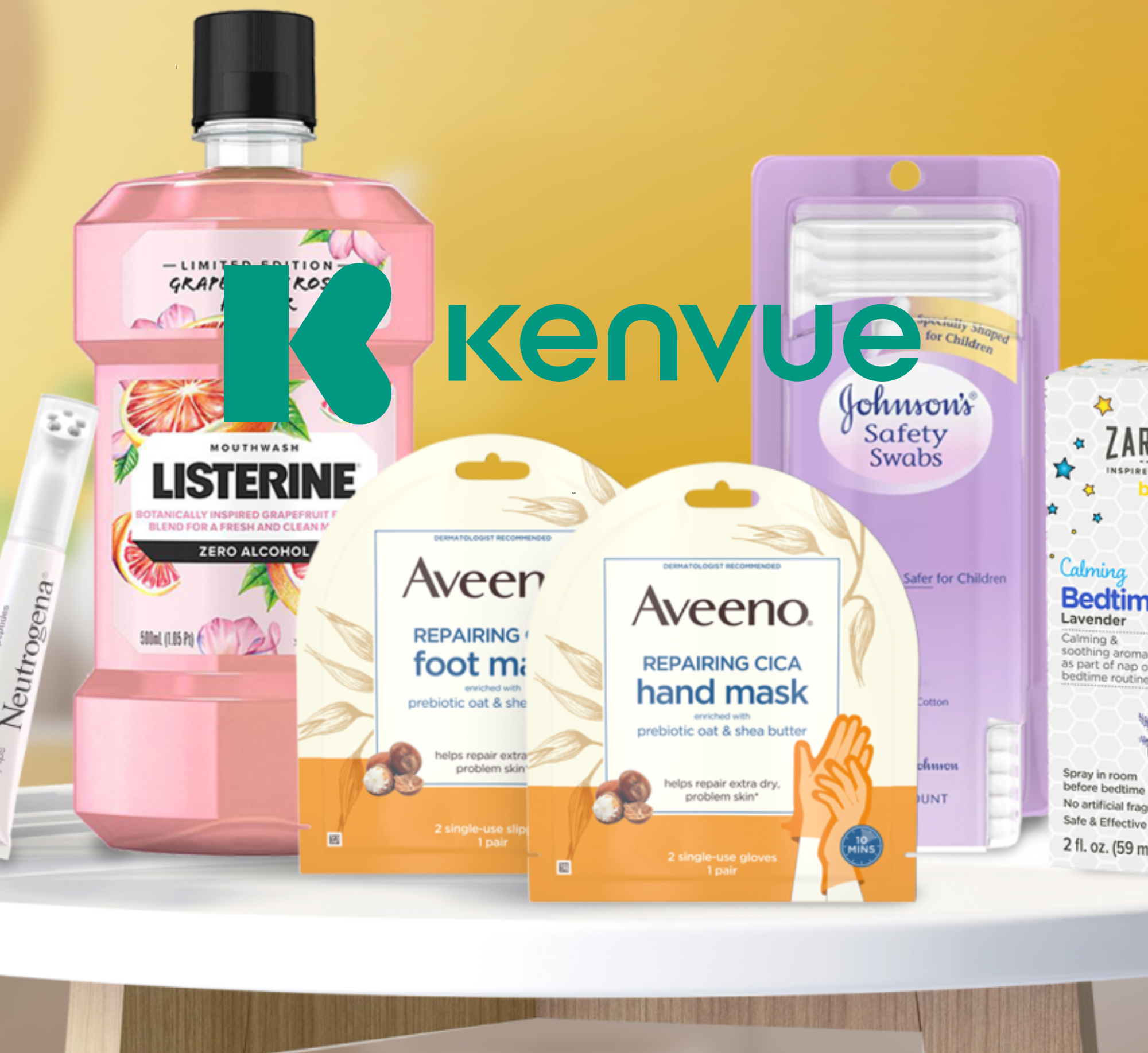In the world of Consumer Packaged Goods (CPG) and Fast-Moving Consumer Goods (FMCG), effective brand management is crucial for staying ahead of the competition. With brands expanding globally, the challenges of maintaining consistency, compliance, and quality across various markets have become increasingly complex. Fortunately, cloud-based collaboration platforms are revolutionizing the way CPG and FMCG companies manage their brands worldwide.
Here at Kallik, our label and artwork management software, Veraciti, has been on the cloud for 20 years. So when it comes to the cloud, we’ve got the experience and the expertise. Let’s look at some of the challenges involved in global brand management and how cloud-based software can help.
Global Brand Management: A Complex Challenge
Managing a global brand involves coordinating efforts across multiple teams, both internal and external to the organization, and often located in different regions or even continents. From packaging design to regulatory compliance, every aspect must align with the brand's identity while meeting local regulations and consumer preferences. Traditionally, this process relied heavily on email exchanges, file sharing, and manual tracking, leading to compliance issues, inefficiencies, version control problems, and delays.
Enter Cloud-Based Collaboration Platforms
Cloud-based collaboration platforms offer a centralized hub where teams can work together seamlessly, regardless of their physical location. These platforms provide a wide range of features specifically designed to streamline global brand management:
1. Annotation and Markup Tools: Cloud-based platforms offer annotation and markup tools that allow users to provide feedback directly on packaging designs or branding materials. This real-time collaboration eliminates the need for lengthy email chains and ensures that all stakeholders are on the same page. Where appropriate everyone can see everyone else’s comments which can dramatically help to reduce approval times.
2. Real-Time Updates: With cloud-based collaboration, updates to documents or designs are instantly visible to all team members. This real-time synchronization ensures that everyone is working with the latest version, reducing the risk of errors or inconsistencies.
3. Audit Trails and Change Tracking: Cloud platforms maintain detailed audit trails that track every change made to a document or design. Team members can easily see who made the change, when it was made, and why it was made. This transparency not only improves accountability but also facilitates compliance with regulatory requirements.
4. Instant Access to the Latest Version of Assets and Content: By storing assets and content in the cloud, teams can access them from anywhere, at any time. This ensures that suppliers, translation agencies, label makers, carton manufacturers, anyone who is involved in the supply chain, has full visibility of the latest version and only the latest version. Whether it's a packaging design template or regulatory documentation, this ensures that teams can respond quickly to market demands or regulatory changes.
Benefits For All Departments
For marketing teams, cloud-based collaboration streamlines the process of creating and updating packaging designs, ensuring consistency across products. Real-time collaboration tools facilitate brainstorming sessions and creative reviews, leading to faster decision-making and more innovative ideas.
Equally, quality assurance and regulatory compliance teams benefit from the ability to track changes and maintain version control, ensuring that packaging materials meet quality standards and regulatory requirements. Audit trails provide a clear record of all changes, making it easier to identify and address any issues that arise.
How Kallik Can Help
Cloud-based collaboration platforms, such as Veraciti by Kallik, offer a comprehensive solution to simplify global brand management. Veraciti offers users a wide range of collaborative tools, but some of the tools that really streamline the production and management of labels and artwork are:
Content Collation: Veraciti facilitates cross-departmental collaboration during content collation for label creation, ensuring alignment with all relevant teams, ultimately expediting artwork creation, approval processes, and enabling future changes to be made quickly and accurately.
Asset and Phrase Manager: Veraciti's Asset and Phrase Managers centralize label and artwork components like icons, phrases, and translations, allowing users to organize, pre-approve, and reuse assets with complete version control and audit trails, ensuring compliance with regulatory requirements, and supporting multilingual content management and updates.
Comparison Tool: The comparison tool can be used to identify the differences between two different versions of labels or artwork, allowing approvers to focus on reviewing the changes and avoiding time wasted reviewing the entire artwork or label. If someone removes a symbol by mistake for example, then it's extremely easy to spot.
Annotation Tool: The Annotation Tool in Veraciti enables users to mark up artwork, record questions and comments in a side log, measure artwork dimensions, utilize various checking and measuring tools, link elements, add notes, and employ a color-coded system for real-time identification of contributors.
Approval Process: Veraciti facilitates approval processes by enabling annotating and commenting on artwork or labels, fostering transparent communication and collaboration among users, and supporting both single-stage and multi-stage approval workflows.
Conclusion
In today's globalized marketplace, effective brand management requires seamless collaboration across teams and regions. Cloud-based collaboration platforms offer a solution to the challenges of managing CPG and FMCG brands on a global scale.
By providing annotation and markup tools, real-time updates, audit trails, and instant access to assets, these platforms empower teams across the world to work together more efficiently, ensuring brand consistency, compliance, and quality across all products. Embracing cloud-based collaboration is not just a technological upgrade—it's a strategic imperative for CPG and FMCG companies looking to thrive in a competitive landscape.
To learn more about how Veraciti can streamline your global brand management processes and enhance collaboration across your teams, speak to one of our labeling and artwork experts today at enquiries@kallik.com.

